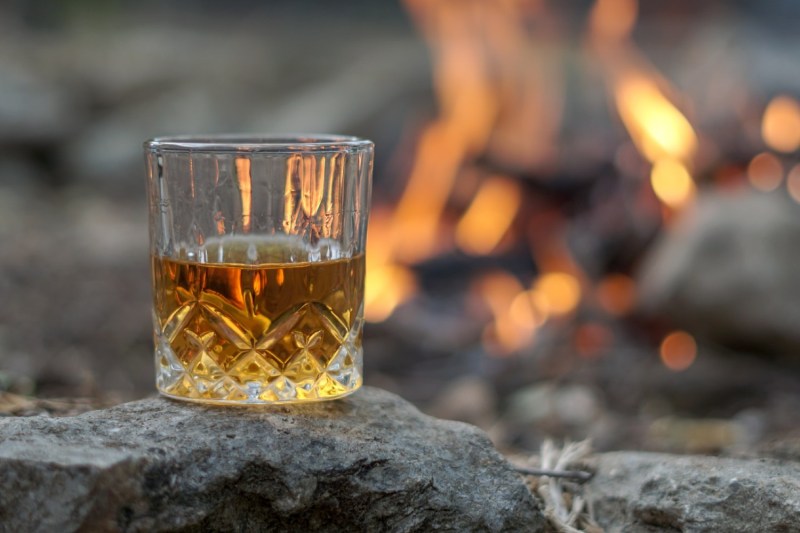
When you compare and contrast cognac and whiskey, there’s a fair bit to unpack. The Venn diagram of the two would have plenty of content in every area, from similarities (both classic spirits, both with a sense of regionality) to stark differences (base ingredients, where they are made). Here, we’ll keep things simple and give you a general breakdown of the two.
These are two heavyweight drinks that can be enjoyed neat or mixed up in a great cocktail. Either way, their distinctive characteristics can be seen, smelled, and tasted. And when you know a little more about each category, you’ll likely appreciate both cognac and whiskey a bit more, not to mention whip up better-resulting beverages.
Get your best sipping glasses together and set up a proper tasting, it’s time to examine the main differences between cognac vs. whiskey.
Differences in ingredients and production
Let’s start with the general makeup of the two spirits. Whiskey is made from grain, most often barley. Corn, rye, and other ingredients—and varying combinations thereof—can serve as the grain base as well. Think of whiskey as a cousin of beer: They both are the product of fermented grains. Cognac, on the other hand, uses wine as its base ingredient. So, in order to make
With whiskey, the production process starts with malting, which involves sprouting barley. Mashing comes next, which extracts the sugar. Then, the processes of fermentation and distillation, followed by aging. The end product is almost always aged in oak, where it can take on color, complexity, and intriguing flavors. Cognac begins at the winery, where one of three approved white grape varietals is fermented. It’s then distilled, aged, and often blended.
Cognac is regional, whiskey is global
One of the most unique traits belonging to Cognac is its stark regionality.
Within the sprawling universe of whiskey, there are many subcategories or types of whiskey that are made a certain way, often in a certain place. Rye, bourbon, Irish whiskey, Japanese whisky, and Scotch whisky are a handful of the major sub-genres, although there are many more. Cognac; however, is a subcategory. It’s one of three major types of brandy, all set in Europe. It’s joined by Armagnac, also made in a specific enclave of France, and Lourinha of Portugal. You may encounter other wine-based spirits elsewhere in the world, such as the burgeoning scene in California, and these spirits will simply be called brandies (although, given some time, they may give the quality of

Tasting notes
Whole websites could be devoted to the flavor variations between Cognac and whiskey but we’ll keep things 101. Think back to how
Whiskey can share some of these tasting notes, especially the lighter bourbons and ryes of the world. Citrus and spice elements are especially common, but largely, whiskey shows less fruit and more in the way of toffee, malt, and vanilla. Given the grain base, you’re like to get some cereal-like flavors, along with hints of herbs, honey, or nuts. Because there are so many kinds of whiskey, the flavor spectrum is much broader. For example, you’re unlikely to encounter much smokiness in a Cognac. But with a whisky like Scotch, it’s practically guaranteed, given the ingredients and production techniques.
In the glass, they can look similar, but whiskey will often be a bit more amber or brown in color while Cognac can take on more reddish or yellowish tones.



